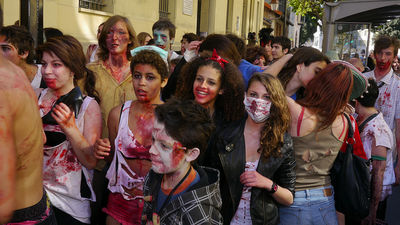A movie focusing on Guillermo del Toro's method of creating memorable monsters in 'Shape of Water' and 'Pan's Labyrinth'

Guillermo del Toro --Monsters, Makeup & Movie Magic --YouTube
It's very difficult to create something that will make a strong impression in an era when technology has made everything possible and nothing special. However, Director Del Toro has created a variety of memorable and original monsters in numerous films. What exactly is necessary for that?

Why are the monsters created by Director Del Toro unique?

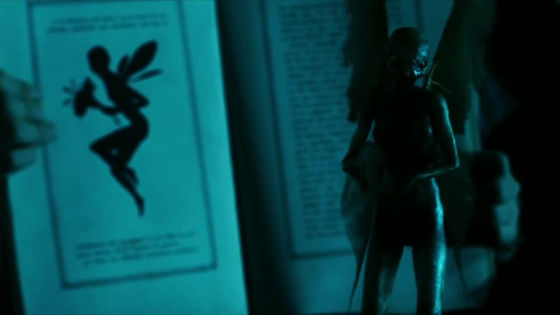
Most of the monsters in the masterpiece monster movie undergo a visual transformation. In the movie 'Alien' series
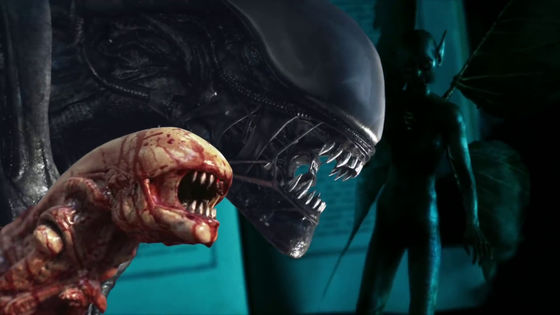
The movie 'Predator' series of the Predator has been hiding a berserk real face under the mask. The monsters that appear in the masterpiece change their appearance, so the audience can enjoy grotesque from various angles.
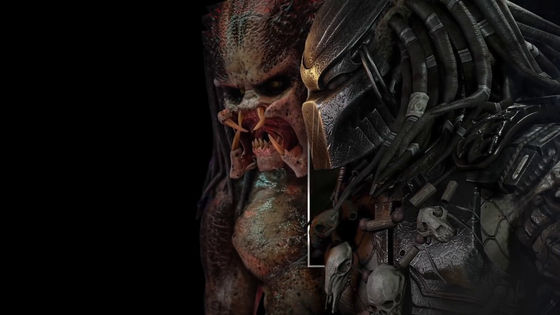
'If the monsters look the same throughout the movie, it's the same as having no visual drama,' said Del Toro.
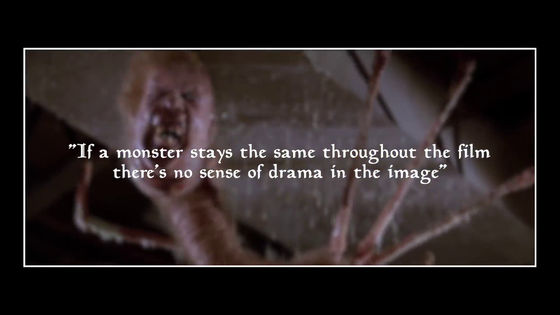
As you can see from these words, Del Toro often incorporates some creative changes in the design of monsters. The labyrinth keeper Pan, who appears in the movie '
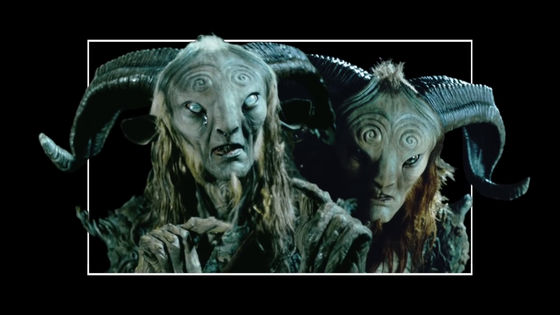
The mysterious creatures that appear in the movie '
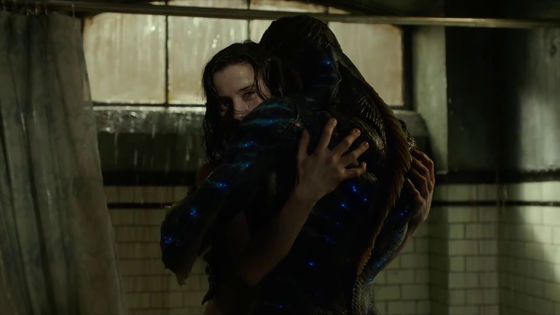
The Paleman of 'Pan's Labyrinth' has eyes on his hands, not his face.
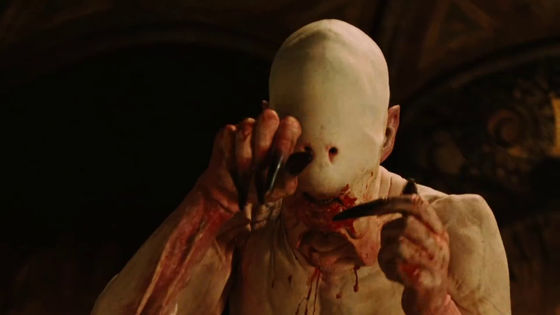
You can also make your fingers look like eyelashes by putting your hands on your face. By carefully observing these changes in the appearance of monsters, you will be able to understand how each element works, and you will be able to think more deeply about monsters.
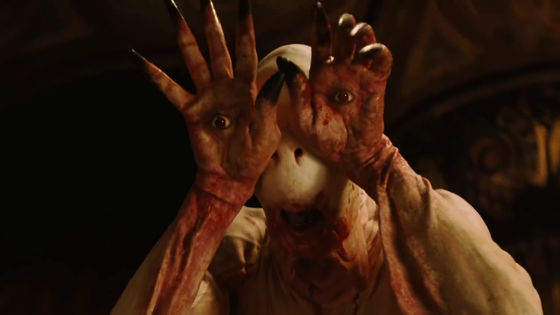
Del Toro coach 'as works of art, if you look at a glance monster story and purpose, should not to be transmitted what is expressed' on its own Twitter account and
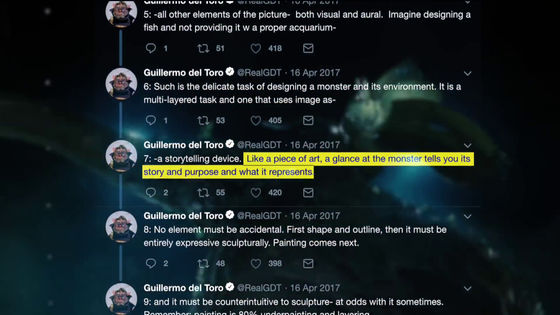
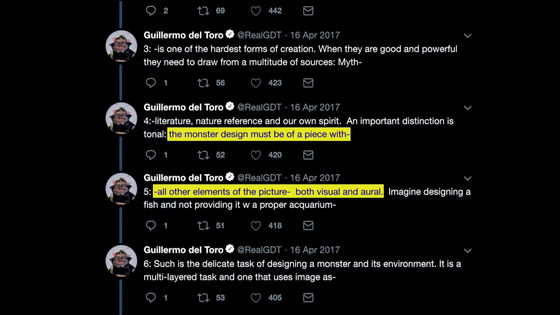
So it's not just about monster design, it's about building an ecosystem where the whole movie can support monsters.
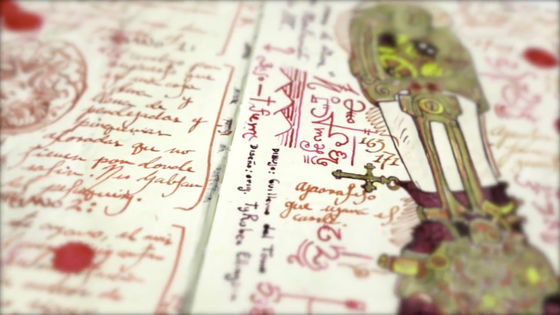
'Director Del Toro is the first and best film director to use visual storytelling,' praised in the film.

The monsters that appear in Del Toro's work do not have enough information and in some cases cannot interact. And in most cases, the time to appear in the movie is also very short.
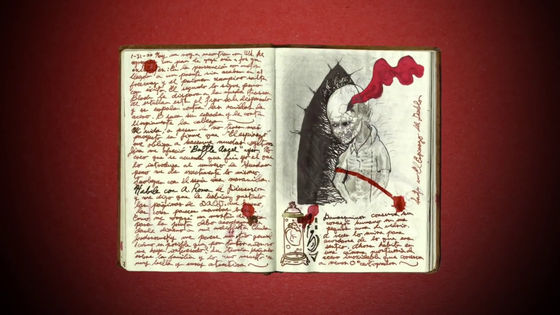
However, because every aspect of filmmaking is used to convey information about monsters, which are central elements, monsters can leave a strong impression on the audience.
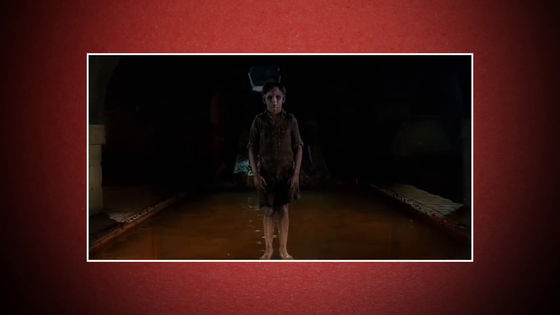
For example, in the movie The
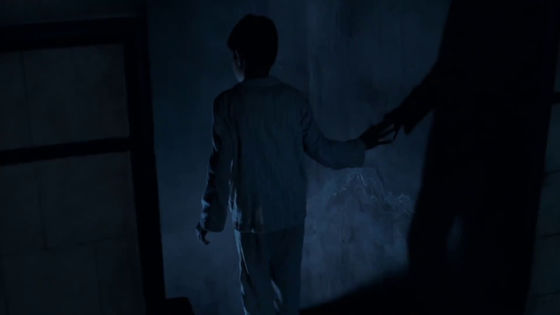
Around the room where Santi appears, the color of water is reflected in a blood-like color ...
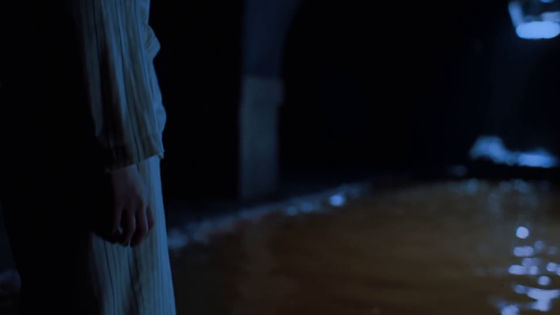
The salt deposits on the wall play a role in telling that the liquid was flowing.

Director Del Toro said, 'We spent a few weeks expressing this wall. We painted the wall to express the humidity. We expressed the feeling of the waves as if the child was in the water. , Because blood is flowing from the forehead of the child (Santi), and we needed to put a deposit of humidity and salt on the wall so that what was flowing from Santi's head felt like blood. ' I'm talking.

In some cases, the terrain is reflected in the monster's design, and vice versa. For example, in the labyrinth and bread of the movie 'Pan's Labyrinth,' the labyrinth is part of the bread, but the bread is also part of the labyrinth. There is bread in the arrow part below, but it is designed so that you can see that the labyrinth and bread are in a symbiotic relationship, so that the viewer can infer more information than can be said in words from the screen. Become.
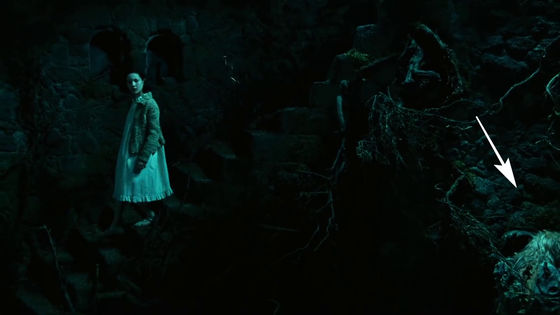
'Imagine another cow's eye in the center of a cow's eye when the monster contains a fantasy element. It's amazing, isn't it?' Director Del Toro.
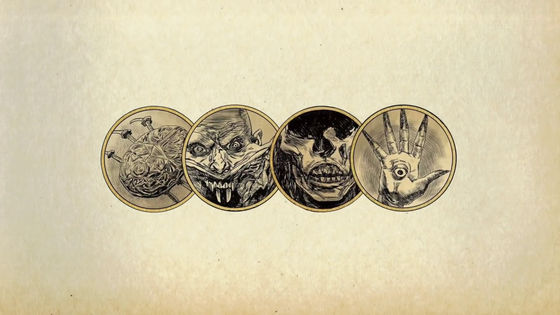
Furthermore, the design in the movie is 'product design'.
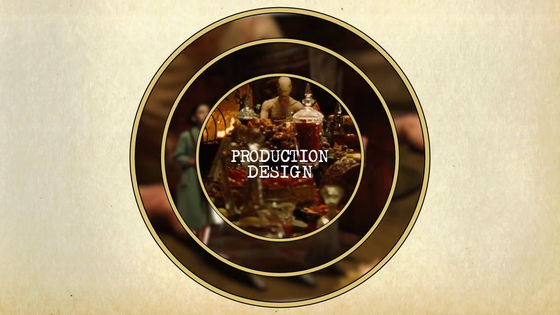
'Costume'
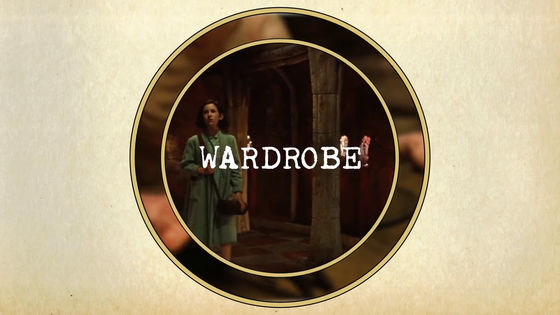
It is described as 'very fantastic' when it is divided into the elements of 'color and light' and each of them exists separately and works as an indispensable element for the design of the monster that is the center of the story.
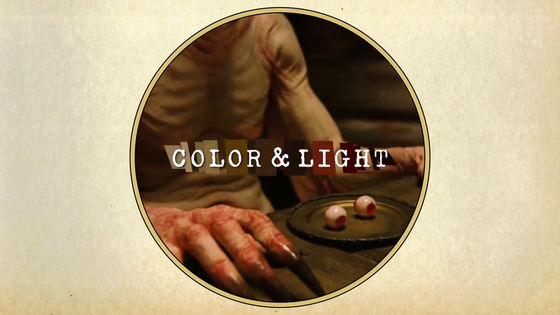
And just as important as designing the environment in which the characters in the movie live is the actor who breathes into the monsters. Most of Del Toro's films are done by
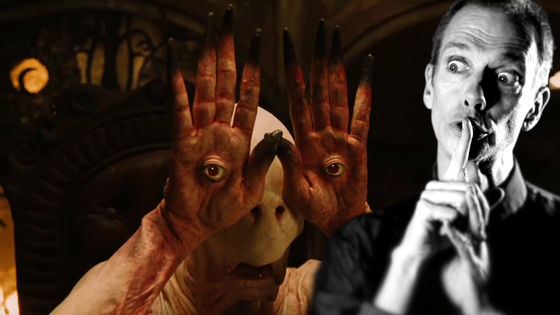
For many, Jones is acting in difficult conditions, for example, 'wearing a face that weighs as much as 50 pounds and speaking blindly. He seems to be doing things like 'speaking a language that cannot be done phonetically correctly.'

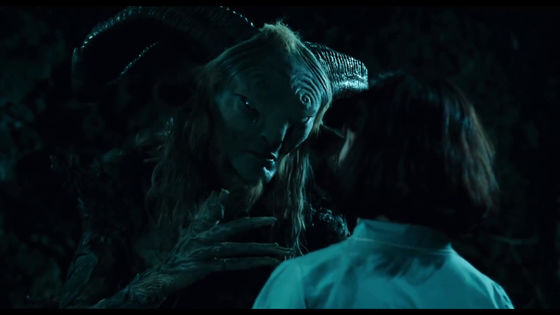
When expressing a monster in a live-action film without using 3DCG etc., it seems that it is necessary to maintain an appropriate flesh feeling instead of adding excessive meat etc. to make it look convincing. It seems that physique is often one of the big problems for monster designers, but Mr. Jones is slender at about 63 kg, so monsters 'look like humans' firmly.

Therefore, the mysterious creature of the Shape of Water looked like a slim, muscular, human-like mobile male body.
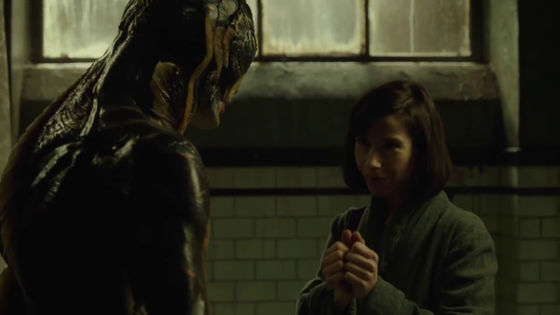
However, it seems that shining fish-like eyes and thin legs are expressed using visual effects such as 3DCG.

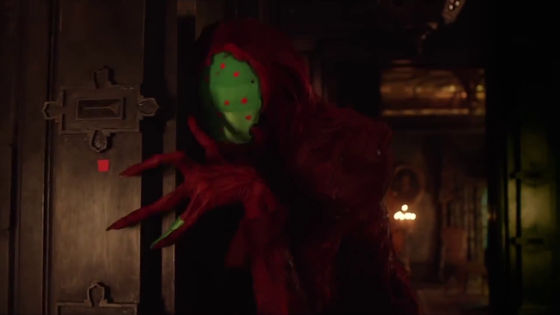
Director Del Toro sometimes uses digital technology to produce monsters more effectively, but by preparing a realistic reproduction as much as possible so that the actors who appear will be able to act more easily, it will be possible to produce it at the shooting site. It seems that he is trying not to happen to be beyond the imagination or to act in an empty space like Pantomime. And this will greatly affect the quality of acting.
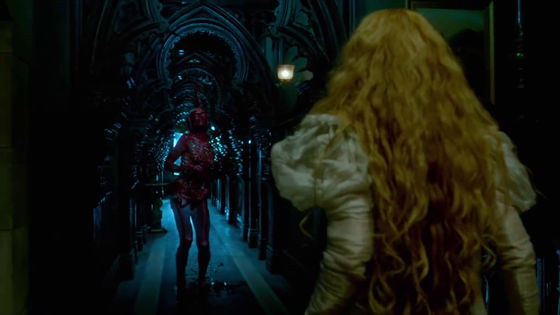
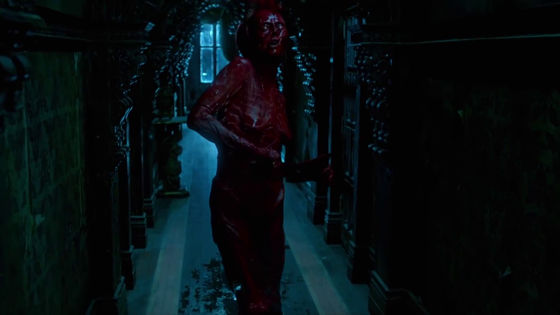
Entering the shooting set, there is an actor acting as a devil with a huge disk-shaped face that is more than 2 meters long, and there is only a devil's object represented by a tennis ball and a stick. It is natural that there will be a big difference in the quality of performance. In this way, even when using digital, the role of the actor who plays the monster is bigger than you can imagine.
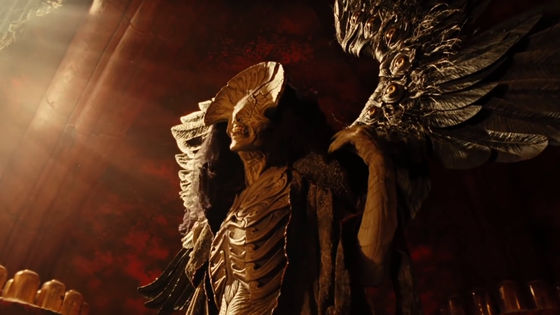
Director Del Toro uses the terms 'eye candy' and 'eye protein' to describe the design of monsters and, by extension, the entire movie.
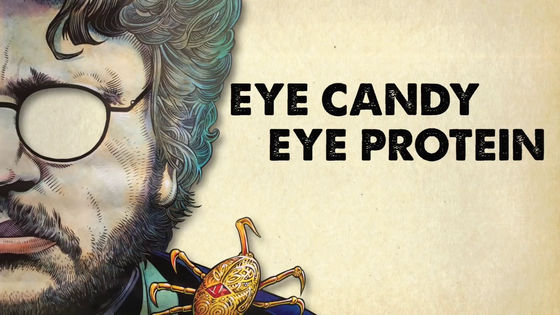
Although 'eye candy' is visually enjoyable, it seems to be superfluous for storytelling. On the other hand, 'eye protein' is beautiful and technically complicated, yet it seems to be indispensable for telling a story like Godzilla and Frankenstein.
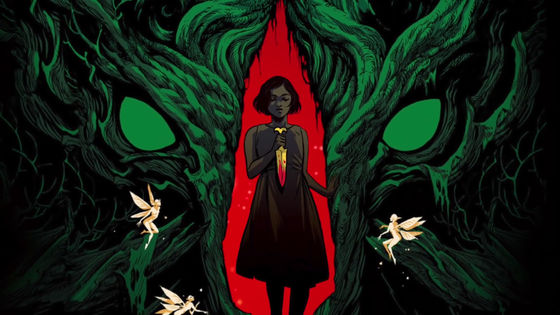
'Monsters should perform a more symbolic function to reveal the human condition,' said Del Toro.
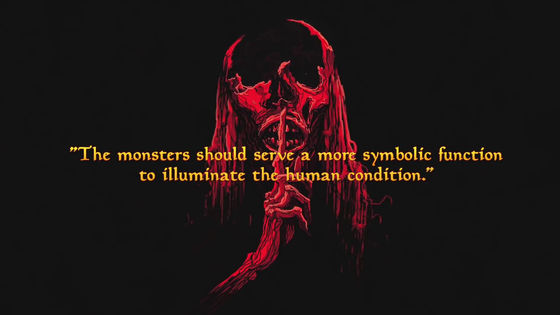
The monsters in Del Toro's films are all mindful and acting for some purpose, so they bring more information than you can tell.
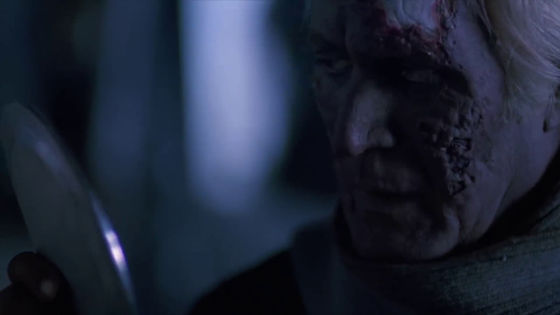
Related Posts:

